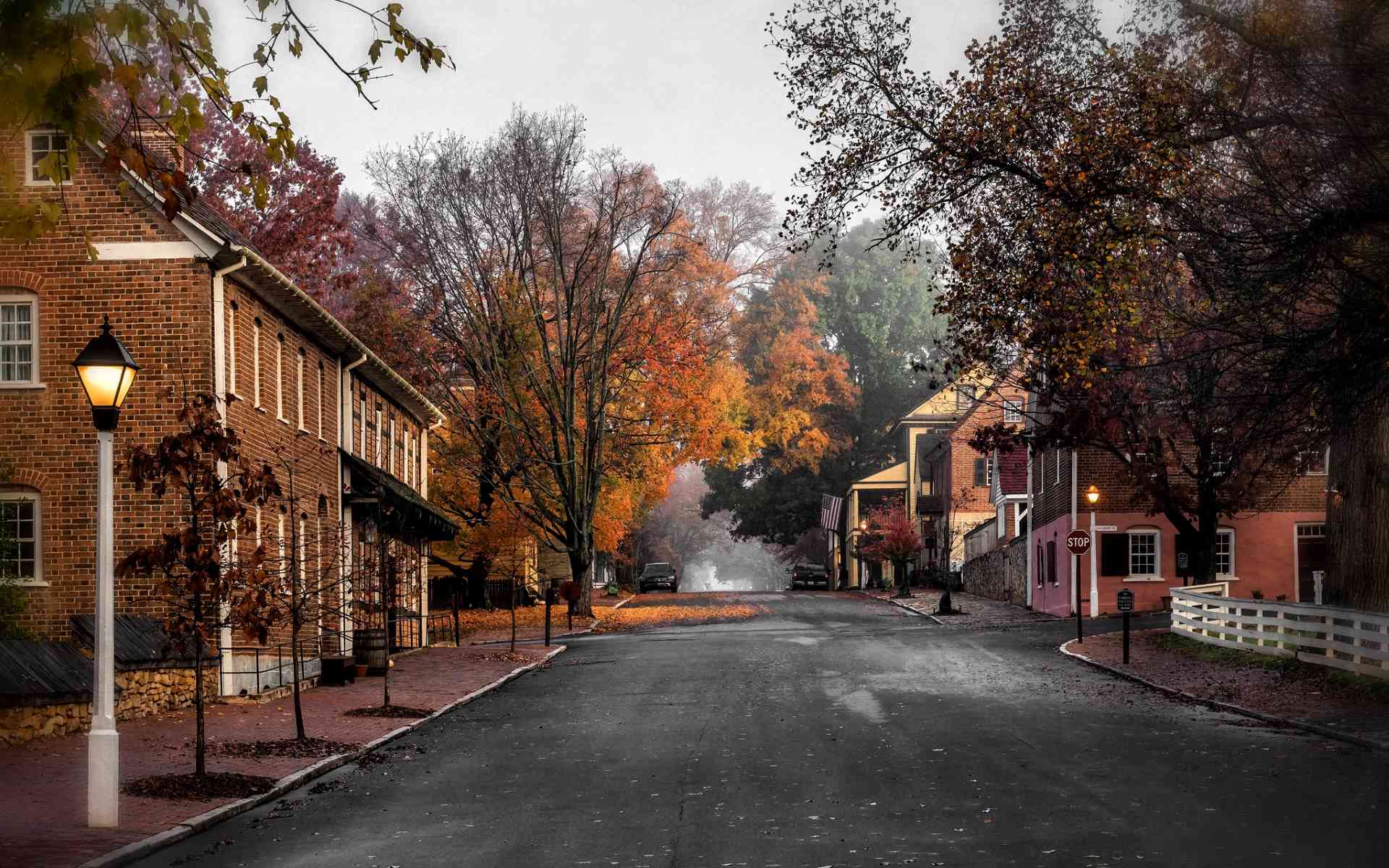Step Back In Time At Old Salem’s Moravian Gardens

Ever wondered what life was like in the 18th century? Old Salem's Moravian Gardens offers a unique glimpse into the past. Located in Winston-Salem, North Carolina, this historic site showcases beautifully restored gardens that reflect the agricultural practices of the Moravian settlers. As you stroll through the gardens, you'll see heirloom plants, herbs, and flowers that were essential to daily life back then. The gardens are not just about plants; they tell stories of the community's resilience, ingenuity, and connection to the land. Whether you're a history buff or just love nature, Old Salem's Moravian Gardens is a must-visit.
Discovering Old Salem's Moravian Gardens
Old Salem's Moravian Gardens offer a unique glimpse into the past. These gardens, carefully maintained, showcase the agricultural practices and plant varieties of the Moravian settlers. Let's take a stroll through some of the most captivating spots in these historic gardens.
The Single Brothers' Garden
This garden, tended by the Single Brothers, was essential for the community's sustenance. It features a variety of plants that were crucial for food, medicine, and dye.
- Herb Beds: These beds contain medicinal and culinary herbs like sage, thyme, and lavender, used by the Moravians for healing and cooking.
- Vegetable Plots: Rows of heirloom vegetables such as cabbage, beans, and carrots grow here, providing a taste of 18th-century agriculture.
- Fruit Trees: Apple and pear trees dot the garden, offering fresh fruit and ingredients for preserves and pies.
The Miksch Garden
The Miksch Garden, adjacent to the Miksch House, reflects the personal gardening style of the Miksch family. This garden is a blend of practicality and beauty.
- Flower Borders: Bright blooms like marigolds, hollyhocks, and sunflowers add color and attract pollinators.
- Kitchen Garden: A mix of vegetables and herbs, including lettuce, onions, and parsley, grown for daily meals.
- Grape Arbor: Lush grapevines climb the arbor, providing shade and sweet grapes for eating and winemaking.
The Vierling House Garden
Dr. Vierling's garden showcases plants used in 18th-century medicine. This garden is a testament to the Moravians' knowledge of herbal remedies.
- Medicinal Plants: Plants like echinacea, chamomile, and feverfew were grown for their healing properties.
- Physic Garden: A specialized section with plants used in Dr. Vierling's medical practice, including valerian and comfrey.
- Beehives: Bees were kept for honey and beeswax, essential for sweetening food and making candles.
The Blum House Garden
The Blum House Garden highlights ornamental plants and flowers, reflecting the Moravians' appreciation for beauty and nature.
- Ornamental Shrubs: Boxwood and hydrangeas create structured, elegant borders.
- Rose Garden: Various heirloom roses bloom, filling the air with their fragrant scent.
- Shade Garden: Ferns, hostas, and other shade-loving plants thrive under the canopy of mature trees.
The Tavern Garden
The Tavern Garden provided fresh produce and herbs for the tavern's kitchen, ensuring guests enjoyed hearty, flavorful meals.
- Culinary Herbs: Basil, rosemary, and mint were grown for seasoning dishes.
- Root Vegetables: Potatoes, turnips, and beets were staples in the tavern's hearty fare.
- Berry Bushes: Raspberries and blackberries offered fresh fruit for desserts and preserves.
The Boys' School Garden
The Boys' School Garden served as an educational tool, teaching students about agriculture and botany.
- Educational Plots: Students learned to grow and care for plants like corn, beans, and squash.
- Botanical Specimens: Rare and unusual plants were cultivated for study and observation.
- Pollinator Garden: Flowers like zinnias and cosmos attract bees and butterflies, teaching the importance of pollinators.
The Gemeinhaus Garden
The Gemeinhaus Garden, located near the central church building, was a communal space for reflection and relaxation.
- Prayer Garden: Quiet paths and benches surrounded by fragrant flowers like lilies and jasmine.
- Community Beds: Shared plots where community members grew vegetables and herbs together.
- Water Feature: A small pond or fountain providing a peaceful ambiance and supporting local wildlife.
Experience History and Nature Together
Old Salem's Moravian Gardens offer a unique blend of history and nature. Walking through these gardens, you can feel the past come alive. The carefully maintained plants and flowers reflect the dedication of the Moravian community. Each path tells a story, each plant has a history. It's a peaceful place to learn and relax.
Visiting these gardens isn't just about seeing beautiful plants. It's about connecting with a piece of history. The gardens show how the Moravians lived and worked. They remind us of the importance of community and nature. Whether you're a history buff or just looking for a quiet place to spend an afternoon, Old Salem's Moravian Gardens are worth a visit. So next time you're in the area, take a step back in time and enjoy the beauty and history of these special gardens.

